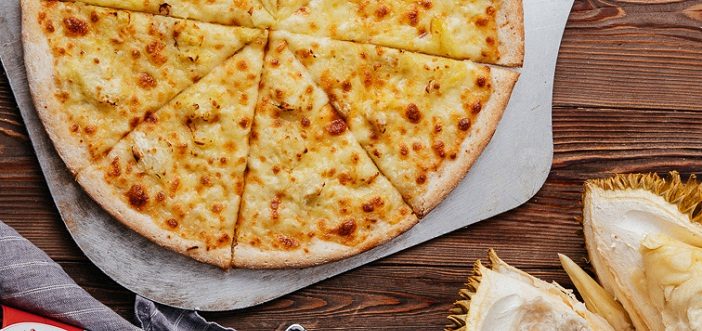A few years ago, a Beijing hotpot place went viral when photos surfaced of their bizarre, but oddly hilarious, serving methods for thinly sliced lamb. A bootleg Barbie is plunged into ice and then wrapped carefully in meat.
From gimmicky hot pot place to trendy new fusion Sanlitun eatery to hole-in-the-wall Sichuan fanguanr alike, Chinese culture has always had both a fascination with food and a love of novelty. When you introduce social media and the power of KOLs seeking these odd and over-the-top food experiences, then you have the ability to go from a simple hot pot restaurant to a viral, over-the-top dining experience.
However, sometimes, these food trends can transcend their memeable shock-value, especially if they actually taste good. Here are some samples of a few notable “delicacies,” of which some are definitely treading into new culinary territories, while others might just be trying a bit too hard to become viral and totally ignoring the fact that food ultimately just needs to be delicious.
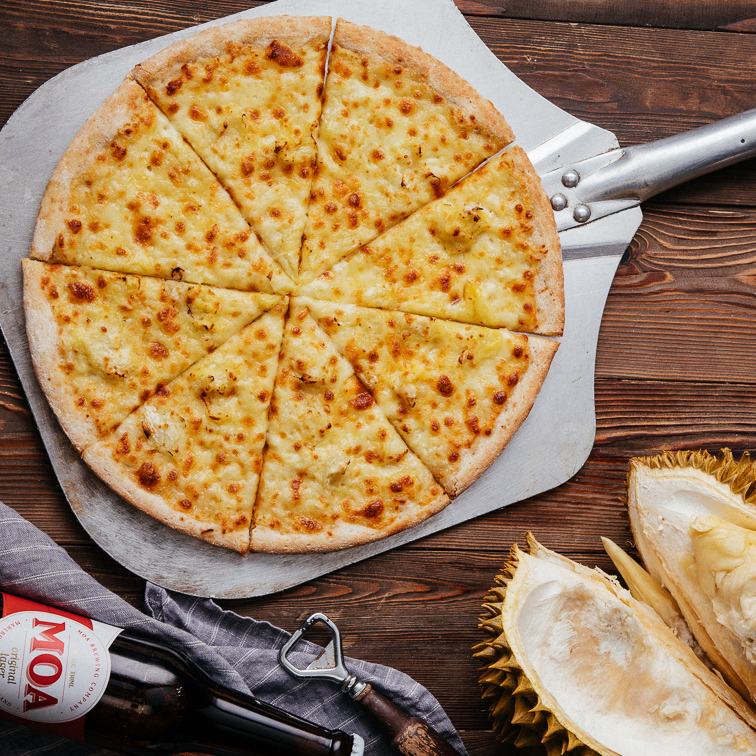
Durian Pizza
Dairy and durian actually go together like beans and rice, so it’s no surprise that durian pizza is absolutely, officially a thing.
The stinky, divisive combination was originally put together based on trending ingredients and popular food terms on Baidu a few years back by Guangzhou restaurant chain La Cesa. Durian brings to mind stinky gym socks for some, but for fans (myself included) durian has a unique, rich, creamy taste that works for Asian style pizza.
Typically, this pizza is made without tomatoes, just a thick crust, layered with mashed durian and melted processed pizza cheese on top. Many Beijing-based pizza chains are doing their classy take on this divisive pie, but a version sold in Pizza Hut made with “imported Thai durian,” is available, so you can order your shame delivered right to your door.
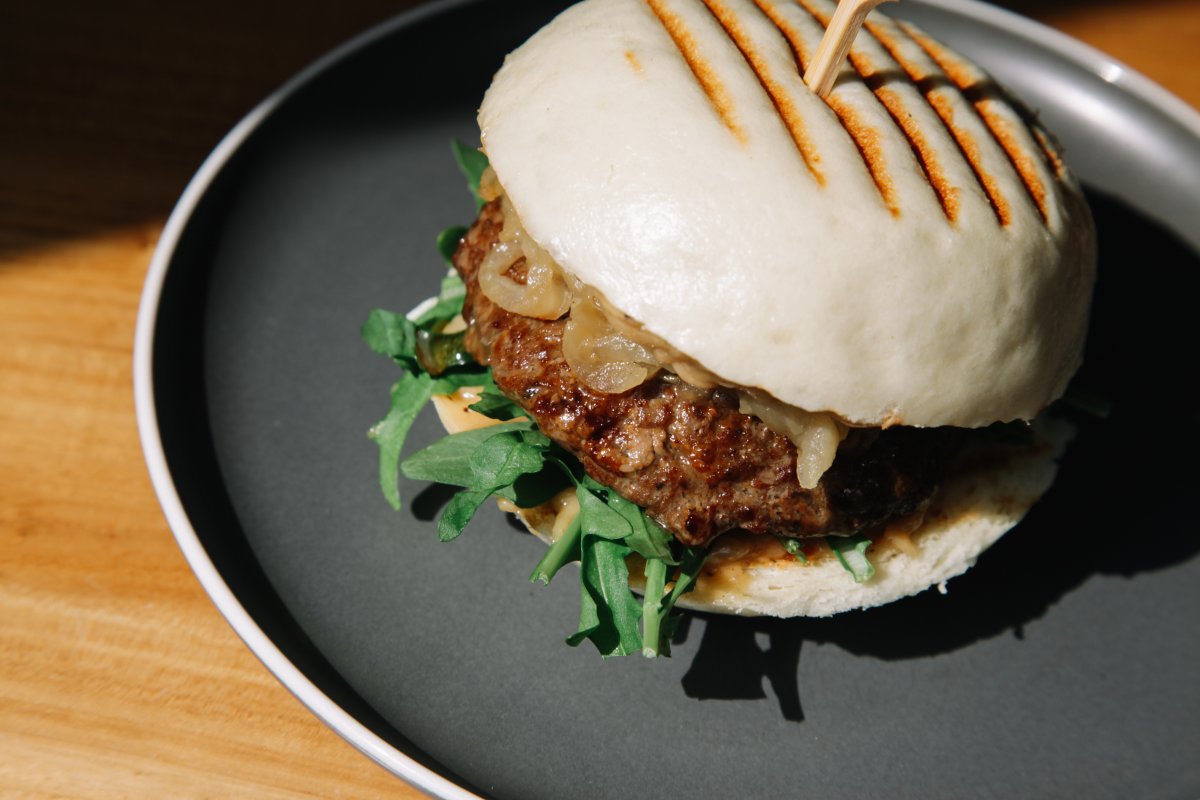
Mantou Burger
I remember being back home in Florida a few years back during the era of the “food truck” craze. There was an Asian fusion truck that deep-fried soft shell crabs slapped between a doughy, simple mantou steamed bun. The combination of crispy crab, spicy sauce, and the soft bun was irresistible. Apparently, Popeye’s makes something like this in Singapore. If you are looking for a successful version of this trend in Beijing, check out the variety of delicious mantoubaos they’re serving up at De Refter.
In lieu of a traditional baked hamburger bun, mantou burgers are more reminiscent of steamed baozi, but with grilled or fried fillings. Try making these at home with fresh mantou from your local grocery along with your ground beef, or try other sandwich fixings like sweet & sour pulled pork, Korean fried chicken and kimchi, or tofu and peppers.
Slice in half and grill each side, just like you would a sesame seed bun at a cookout. Bonus points if your mantou is homemade and dyed a deep black, a trend that constantly resurfaces by adding flavorless activated charcoal to the dough.
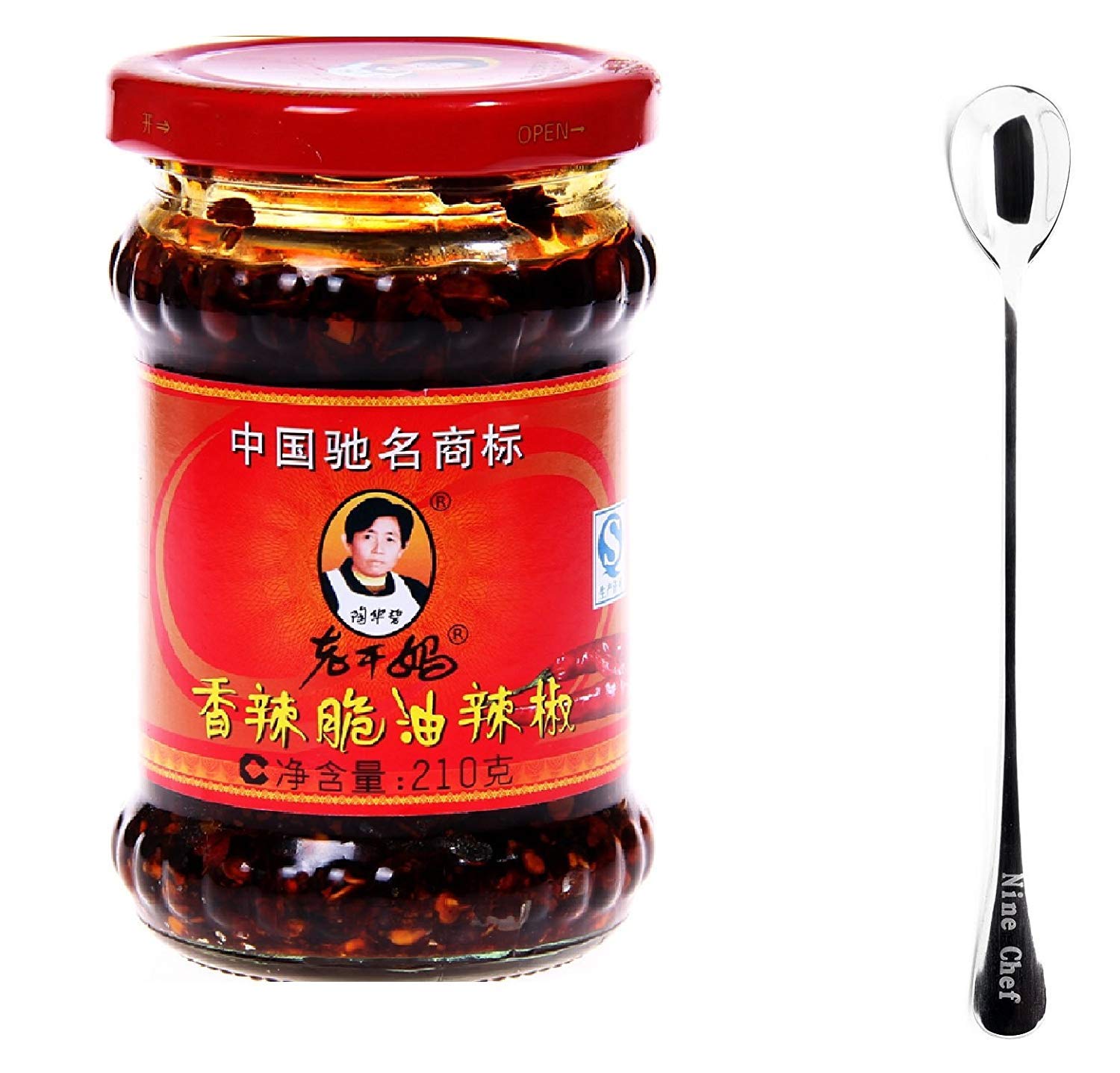
Laoganma Chili Sauce
That ubiquitous jar that’s always resting by the soy sauce in most Chinese homes from college kids to hutong grannies, Laoganma has never gone out of style. Founded twenty years ago by Guizhou noodle shop owner turned multimillionaire Tao Huabi, Laoganma chili flake and peanut sauce and chili black bean sauce (perfect for stir-frying, but less versatile) neatly fit in the more recent rebranding and refocusing efforts of the “made in China” label, like simply showing appreciation for everyday Chinese food products so many people love.
In trendy Chongqing restaurants and Western kitchens alike, this “spicy chili crisp” sauce has even been drizzled on soft-serve ice cream.
Besides a viral video from action star John Cena, Laoganma also provided some very recent inspiration for streetwear brand Opening Ceremony, which featured it on a line of bright red hoodies this year at New York Fashion Week.
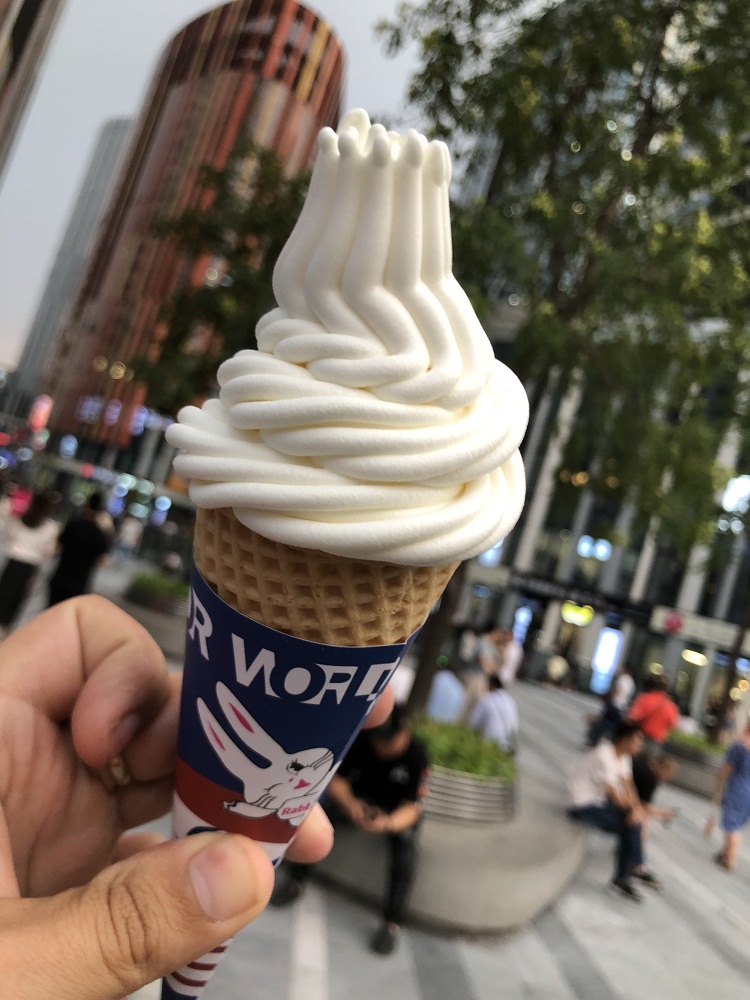
White Rabbit Candy
Speaking of Time-Honored Chinese Brands being somehow made into ice cream, enter those simple creamy milk candies, White Rabbit. Those instantly nostalgic candies scattered in bowls during Spring Festival seem to be a much easier sell than chili sauce dumped on soft serve, and the public seems to agree.
Earlier this year for Chinese Lunar New Year, trendy LA ice cream shop Wanderlust Creamery made a few gallons of White Rabbit ice cream, featuring a clever candy wrapper cone in the photos that became an Instagram sensation. Those few gallons sold out quickly, and soon they sold well over a hundred gallons of the stuff throughout February, enough to make it a permanent menu item. It also helps that the graphic design is nothing short of iconic, with its effortless cool vintage red, white, and blue label. You can also find this and the new milk tea variation now in Beijing at Yokikano Tea (White Rabbit Milk Tea and Ice Cream) at SanlitunSoho. We had a try, and frankly, it just tasted like the vanilla soft-serve you could find at any McDonalds.
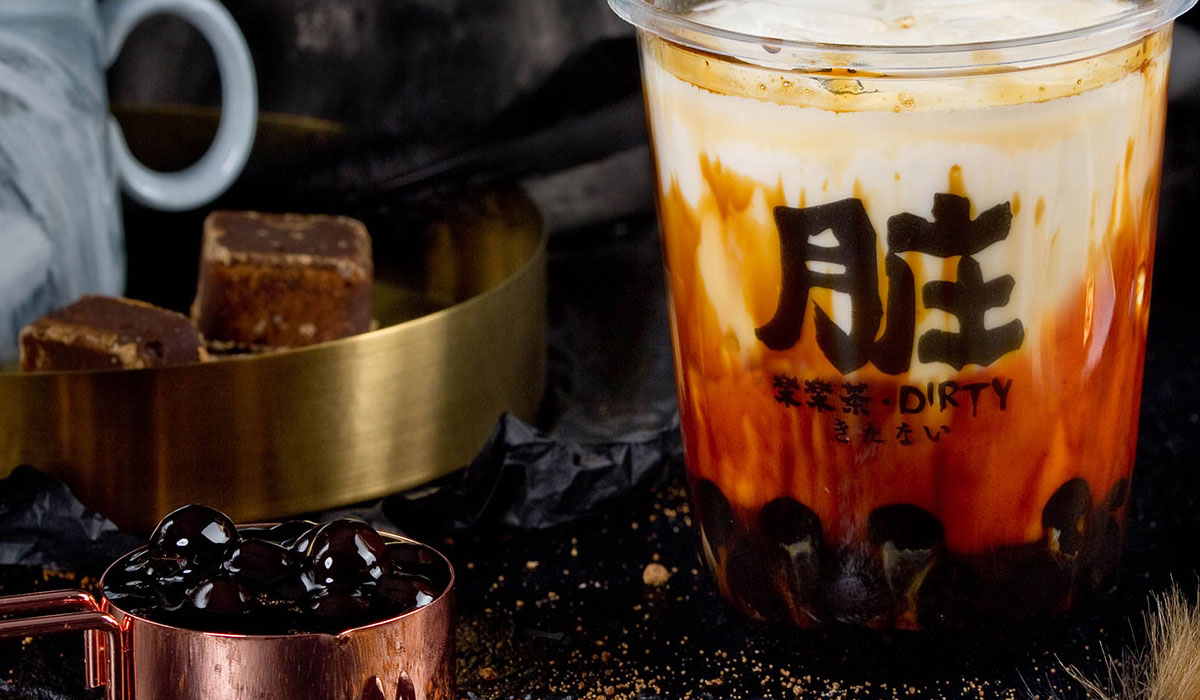
“Dirty” Buns and Milk Tea
If all this “unicornification” of foods from grilled cheese to Frappuccinos has proven anything (besides that there’s no accounting for taste), it’s that social media influences what we desire to eat. Nothing shows this in quite the same way than the “dirty” trend that especially took off last year and hasn’t stopped, referring both to food that looks questionable and food that could be messy to eat.
This all started with “dirty buns,” made initially at a downtown Beijing bakery in 2017. They were essentially chocolate croissants with chocolate smeared inside and outside, including powdered cocoa on top, ensuring you’ll make a mess no matter how to attempt to eat it. Customers posted selfies of themselves with chocolate streaks on their cheeks, making sales peak.
All this filth was a runaway success, so much so that the “dirty” trend appeared everywhere, gaining particular popularity in bubble milk tea drinks. The dirty milk tea from Lelecha Tea Shop was a particular hit, although it’s simply milk tea, tapioca pearls, and brown sugar syrup.

This article appeared in the beijingkids September 2019 Family Foodies issue
Photos: Kipp Whittaker, the Beijinger, Gung Ho! Pizza

